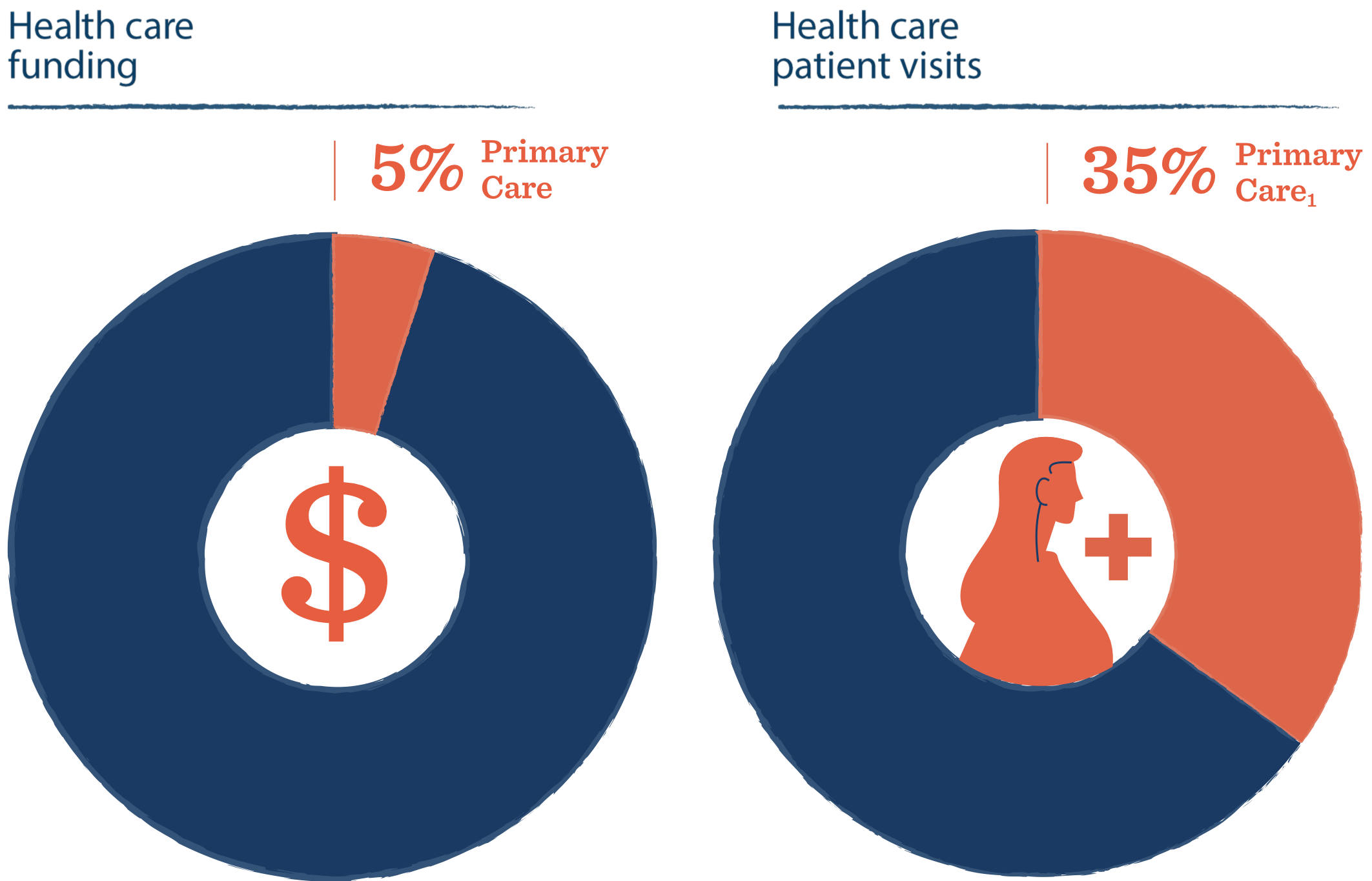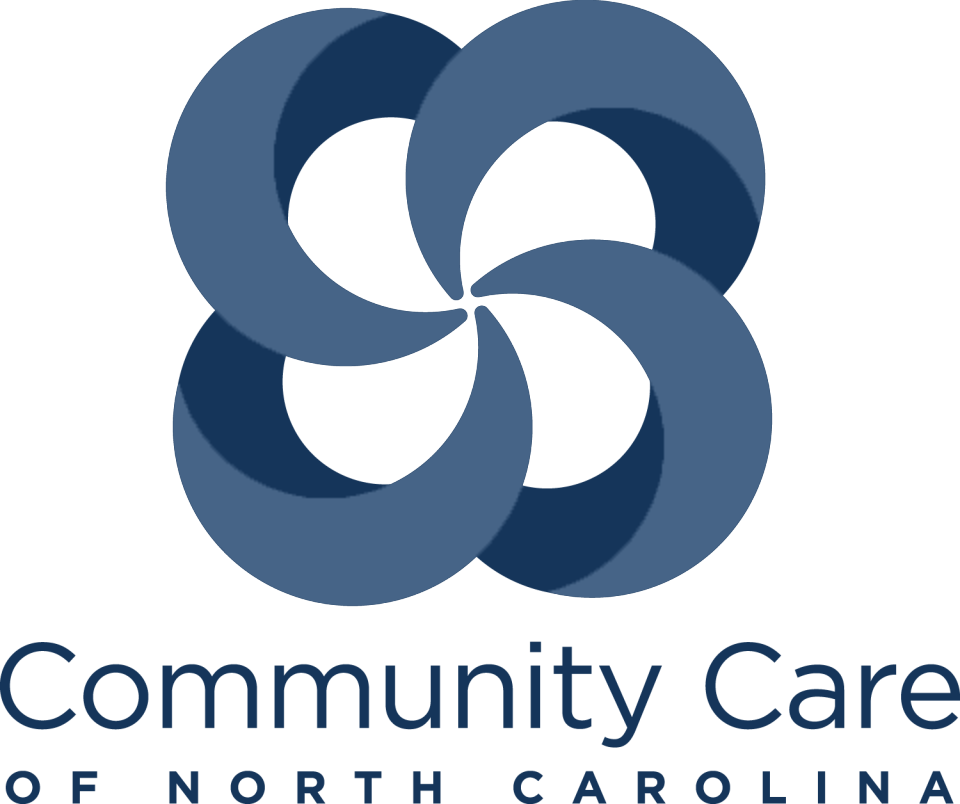A glaring primary care physician (PCP) workforce shortage has dire consequences for patients and our health care system. As our patient population ages, the call to action is clear: we need more PCPs practicing – especially in areas that need it the most. Timely actions to reverse the workforce shortage will result in better health outcomes, lower health care costs and healthier communities.
The primary care workforce is shrinking due to burdensome workloads, causing burnout and early retirement. This has created unintended consequences for patients, like lengthy wait times, difficulty finding physicians and care delays.

Health care payment models undervalue primary care services - discouraging health professionals from choosing primary care.

Financial incentives and current approaches to medical training influence students to choose other specialties.

Primary care is the only medical specialty in which greater investment is associated with better population health outcomes. It is the backbone of our health care system. However, without investment in the primary care workforce, minor health problems can turn into chronic issues, causing strain on our already overwhelmed health care system and unsustainable costs. Federal, state, and local governments can play a key role in securing the future primary care workforce by:
Join our efforts to bolster the primary care workforce and encourage more health care professionals to choose careers in primary care and continue practicing in high-need areas.
Primary Care for America advocates in partnership with innovative primary care organizations, united in our goal to provide high-quality, comprehensive, accessible primary care to all patients.









Contact us to stay up to date on the latest in our efforts to invest in primary care.
References: 1. The Health of US Primary Care: 2024 Scorecard. American Academy of Family Physicians’ Robert Graham Center; February 2024. 2. The Complexities of Physician Supply and Demand: Projections From 2021 to 2036. AAMC; March 2024.